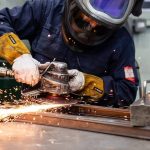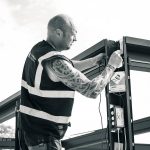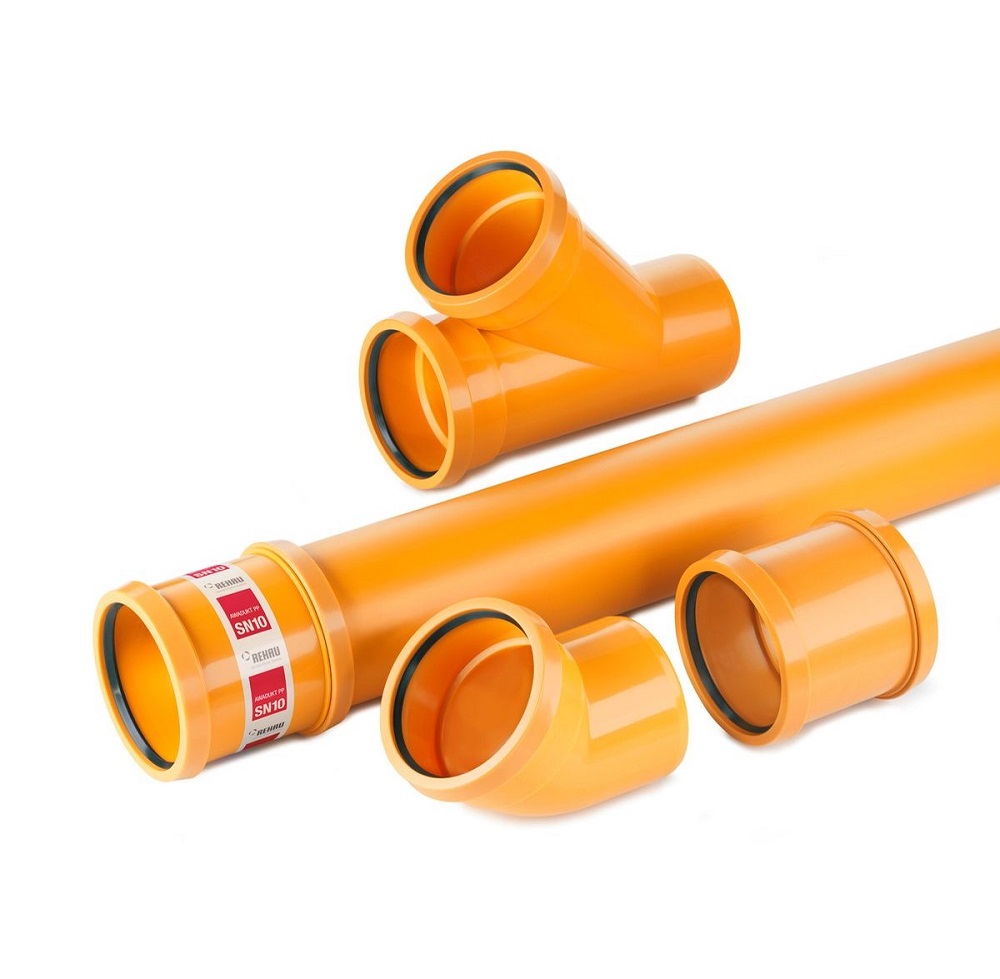Designer facades
Ventilated rainscreen cladding is a layered system, typically comprising an outer facing layer that forms the primary rain barrier, a ventilated air gap and an impermeable backing wall. The principle involves allowing the ingress of air at the base of the system and its egress at the top. The ventilated cavity allows any water which penetrates the open panel joints to be removed by the stack effect, and by running down the rear face of the panels and out at the base.
Lithodecor’s ventilated rainscreen facade systems are based on the proven construction principle of lightweight composite materials and natural stone or glass panels. The Airtec Glass cladding system was developed by Lithodecor following the success of Airtec Stone, a lightweight system with a natural stone finish up to 66% lighter than solid natural stone panels.
The Airtec Glass composite panels can be up to 32 mm thick and consist of toughened safety glass bonded to a lightweight concrete carrier. A wide range of colours and different types of glass can be applied to the carrier panel. It is also possible to incorporate designs on the glass for design or advertising purposes, which ensures individuality and creativity for architects and designers. An interesting project used digital printing and chromium plating to create the detailed high resolution motif for a memorial frieze in Germany.
Very large panels can also be achieved with this system – the largest we have produced is 4.7 m², but the DIBt approval covers larger sizes. Safety is an important aspect when dealing with glass, and should there be a breakage, the glass is retained on the panel.
Panels are lightweight and easy to position, often using scissor lifts, mast climbers or hydraulic platforms. A further advantage is that large format panels can be produced off-site to exacting standards – these are then quickly fixed to pre-positioned rails, with all application being dry fixed.
Standard bearer
It is important to use a system that is fully tested and approved, and the Airtec System complies with the necessary standards and testing. The relevant standards for rainscreen cladding are: BS 6399 – wind loading design, BS 8118 Part 1 – structural use of aluminium, CWCT (Centre for Curtain Walling and Cladding Technology) standards for systemised building envelopes, and BS EN 8200 – Impact Load Testing for hard and soft body impacts.
The typical method of fixing utilises ‘helping-hand’ brackets and vertical ‘T-sections’ which are used to support the rainscreen system. These can be installed with isolation pads to prevent cold bridging, with horizontal rails attached to the T-sections and the support system fixed back to either light-gauge steel framing or blockwork. Clips are attached to the backs of panels with ceramic fixing points, and all fixings are aligned and attached using the correct torque before panels are clipped onto the horizontal rails. The Airtec Glass system incorporates an invisible fixing system and can provide bespoke specialist features, such as fully mitred corners, window reveals and soffits.
Approval must be obtained for the installation of rainscreen cladding and work carried out to establish the stability of the substructure or each project. The substructure must be designed to ensure the safe transfer of loads from the dead weight of the system, as well as from attacking wind forces.
Glazing in practice
A vital factor in realising an ambitious design concept for the glass facade for a major office refurbishment in Munich was the specification of Lithodecor’s Airtec Glass ventilated rainscreen cladding system by the architect. The office building’s original 1980s appearance has been completely transformed by the new facade and its dynamic lines. The architect incorporated recesses in the glass envelope and used them to create the distinctive and elegant curve of the facade with its colourful features.
Wilkinson Eyre Architects specified Airtec Glass for the Earth Sciences Building at Oxford University in another project. The system has created a building facade that is not only striking in appearance but satisfies structural and architectural demands. It was a very significant project for Lithodecor as it was one of the first Airtec Glass projects in the UK.
In addition, sections of glass and stone can be combined in the same plane which is especially useful when installing the system on older properties with problematic substrates. This option to combine different finishes is quite unique to the Airtec system. Staab Architects in Berlin wanted to achieve this exact effect of using glass and stone on the same plane for the Information, Communication and Media Centre at the University of Potsdam in Berlin. Identifying one system was proving a challenge for the architect until the Airtec system was recognised as the ideal solution to their technical and design issue. It was also important that a seamless finish could be realised between the materials, with the Airtec system’s invisible fixing system able to achieve this.
A further project where both Airtec Glass and Airtec Stone have been used was for the redevelopment of Farringdon station. Again, it was important that the two finishes could be combined seamlessly and also that the same system could be used on both the exterior and interior of the building.




















